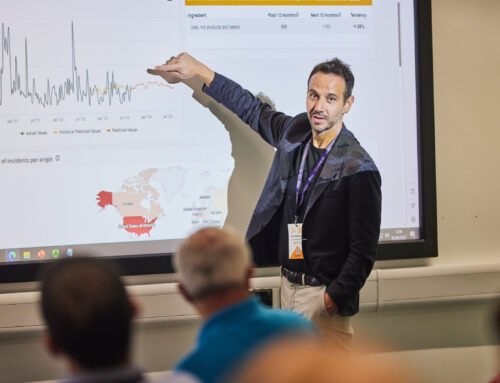
Digital agriculture projects typically put in place software and hardware systems that perceive their environment through appropriate sensor devices, process the right variety and amount of environmental and historical data, and take actions that maximize the chances of successfully achieving a specific goal. My experience shows that there are 4 important challenges that an agricultural digitization project will eventually face, in its effort to stay on track:
1) Ensure that it remains focused on the expected value: technology can quickly become an expensive sport. It is easy to consume lots of time and money on improving the technological features, rather than focus on the value that it this technology is intended to generate (or increase).
2) Put in place an efficient data infrastructure: this is not about one-off imports of data dumps that will prove the concept; it is about putting in place the operational software and hardware infrastructure that will collect, manage and serve the right data combinations and formats to other systems.
3) Involve the right mix of people and expertise: you will need the software engineers; you will need the data scientists; you will need the agronomists, food scientists, biologists, chemists and/or other scientists; you will need the business administration and development guys; generally speaking, you will need a wisely selected mix of different backgrounds and perspectives that will help you understand the variety of problems at hand.
4) Keep convincing the people that are paying the bills: in any digital agriculture project, significant budgets will need to be mobilized. At every stage of a project, someone will ask “Why do we need to invest in this expensive piece of technology?”. I don’t think that a good answer is “Because everybody else is doing it”.
At the end of the day, most digital agriculture projects are trying to do something quite challenging: combine automation and intelligence in order to improve or disrupt the way that agricultural production decisions are made. But putting them in practice means that you need to be prepared to successfully address these 4 key challenges as well.




